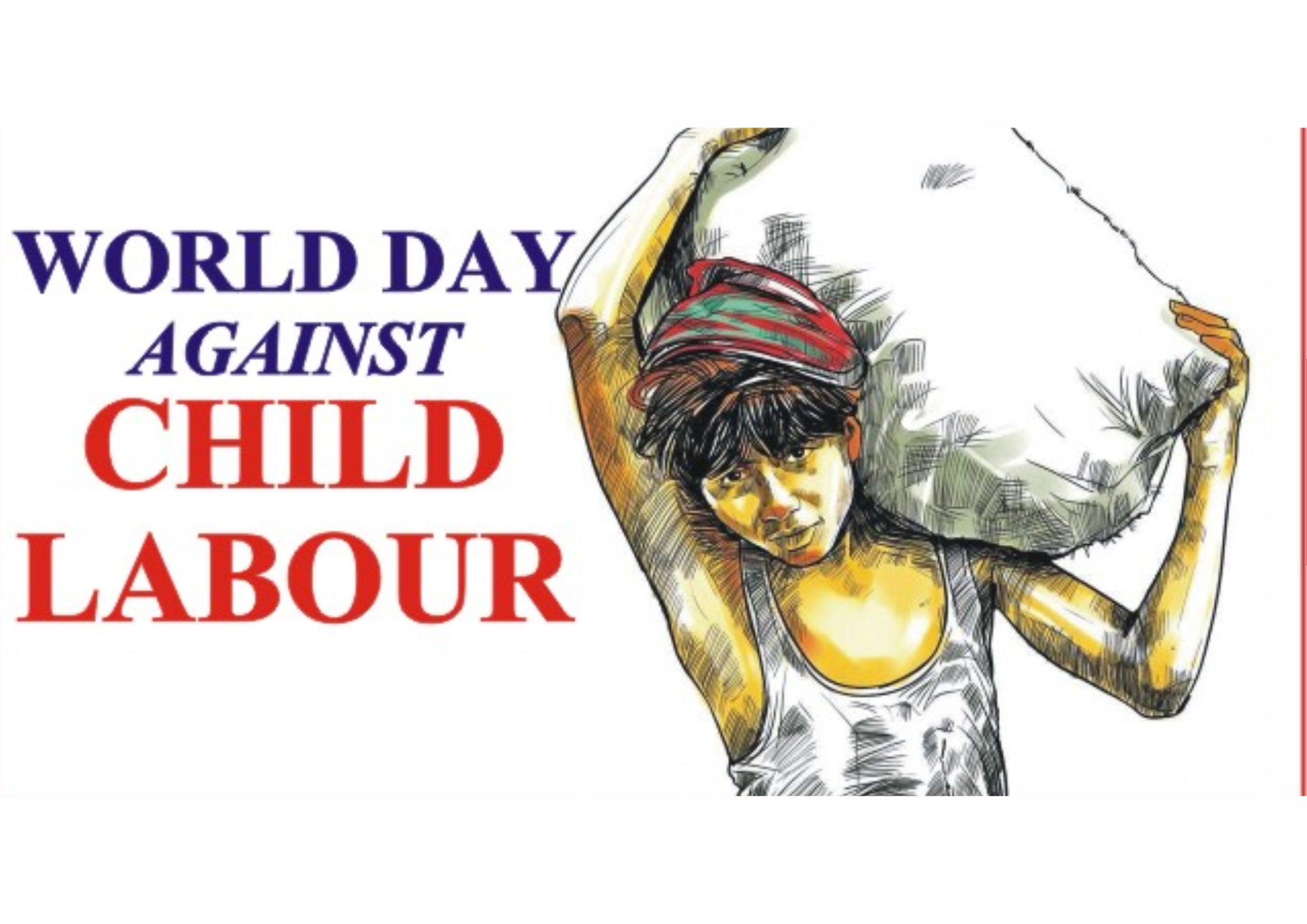
World Day Against Child Labour 2024: Date, Theme, History and Significance
Child labour remains a pressing global issue despite decades of efforts aimed at its eradication. This article delves into the origins of this observance, its thematic evolution, and the ongoing significance of combating child labour in the 21st century.

Source: Hindustan Times
Origins and History
The World Day Against Child Labour finds its roots in the International Labour Organization (ILO), a specialized agency of the United Nations. This annual observance was intended not only to raise awareness but also to galvanize action towards eliminating child labour in all its forms.
Date and Global Observance
Annually, on June 12th, governments, organizations, and individuals worldwide unite to observe the World Day Against Child Labour. The year 1999 holds special significance as it saw the adoption of ILO’s Convention No. 182, which targets the eradication of the most severe forms of child labor. This convention mandates urgent and effective actions to prevent and eradicate hazardous child labour practices.
Theme for 2024
The theme for the World Day Against Child Labour in 2024, “Empowering Children, Building the Future,” underscores the importance of empowering children through education, social protection, and opportunities for decent work for adults. The theme reflects a shift towards holistic approaches that not only focus on removing children from exploitative labour but also on addressing the root causes that perpetuate child labour, examples like poverty, limited educational opportunities, and social marginalization.
Current Global Scenario
Despite progress over the years, child labor remains prevalent in various parts of the world, particularly in sectors such as agriculture, mining, construction, and domestic work. The COVID-19 pandemic exacerbated vulnerabilities, pushing more children into exploitative labor due to economic shocks and disruptions to education systems. According to the ILO, an estimated 160 million children were engaged in child labor globally before the pandemic, with millions more at risk of being pushed into it.
Impact of Child Labour
The impact of child labor extends far beyond immediate economic exploitation. Children engaged in hazardous work often face physical, psychological, and emotional harm, robbing them of their childhood and jeopardizing their long-term development. Moreover, child labor perpetuates cycles of poverty and inequality, as affected children are denied the education and opportunities necessary to break free from poverty in adulthood.
World Day Against Child Labour 2024
As of the latest available data, the prevalence of child labor has been declining globally, but it remains a significant issue affecting millions of children. Prior to the onset of the COVID-19 pandemic, an estimated 152 million children worldwide—equivalent to about 10% of all children globally—were found to be engaged in child labour. Over the past two decades, there has been a notable decrease from about 246 million child laborers in 2000, indicating progress in combating this issue on a global scale. The COVID-19 pandemic has exacerbated vulnerabilities, potentially increasing child labour due to economic shocks, school closures, and heightened poverty. Children are involved in various types of work, including hazardous activities in sectors like agriculture, mining, construction, and domestic service, often in informal and unregulated settings lacking oversight and protection.
Global Efforts and Achievements
Through coordinated global initiatives, substantial progress has been made in combatting child labor over the years. Global conventions and frameworks like ILO’s Convention No. 182 and the United Nations Sustainable Development Goals (SDGs) provide a robust foundation for various initiatives. Many countries have enacted laws and policies to protect children from exploitation and to secure their rights to education and a safe environment.
Challenges Ahead
Despite progress, numerous challenges persist in the fight against child labor. Poverty, lack of enforcement of laws, weak social protection systems, and gaps in education infrastructure continue to drive children into the workforce. In addition, the informal economy, where child labor often thrives, presents unique challenges in terms of regulation and oversight.
The Role of Stakeholders
Combating child labor necessitates a comprehensive approach involving governments, international organizations, civil society, businesses, and communities. Governments play a crucial role in enacting and enforcing laws that protect children and ensure access to quality education. Civil society organizations and businesses can contribute by promoting ethical supply chains and creating opportunities for decent work for adults.
Looking Forward: A Call to Action
In 2024, on World Day Against Child Labour, it’s crucial to recommit to eradicating child labor in all its forms. This demands increased efforts to address its underlying causes, invest in education and social protection, and safeguard children from exploitation.
The World Day Against Child Labour serves as a poignant reminder of our collective responsibility to protect the rights and futures of millions of children worldwide. As we reflect on the origins, evolution, and ongoing significance of this observance, it becomes clear that sustained commitment and concerted action are essential. Empowering children through education, safeguarding their well-being, and addressing the root causes of child labour are imperative steps toward building a future where every child can thrive, free from exploitation and with access to the opportunities they deserve. As we move forward, let us renew our resolve to ensure that no child is left behind, and that every child enjoys their fundamental right to a childhood filled with dignity, safety, and hope.




